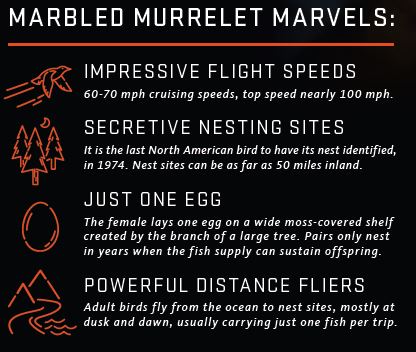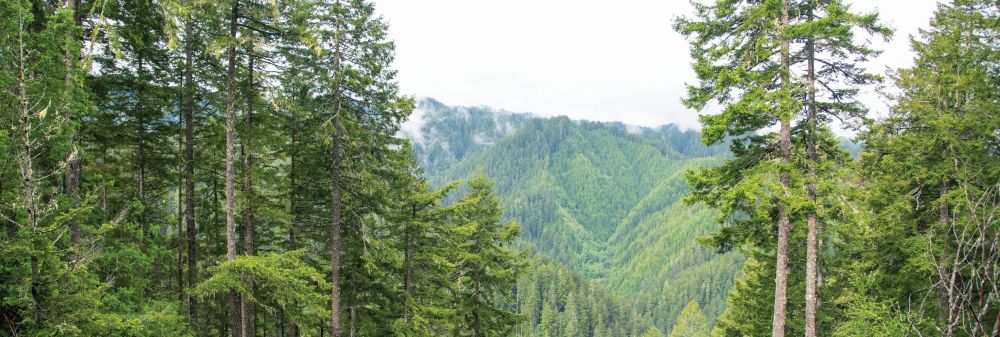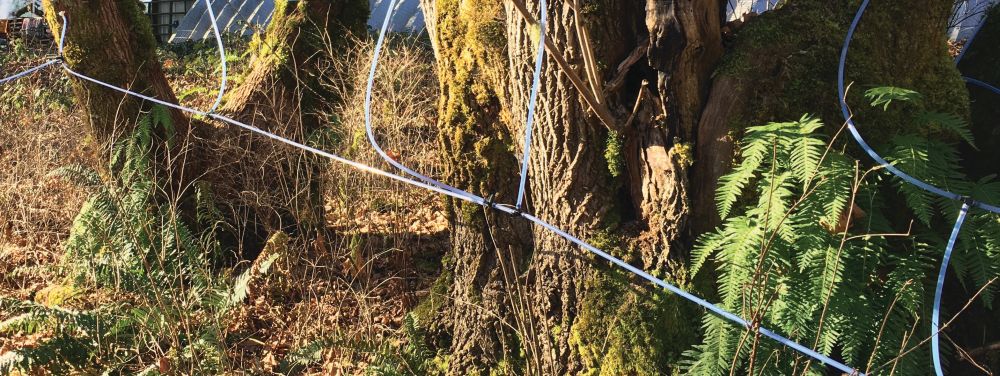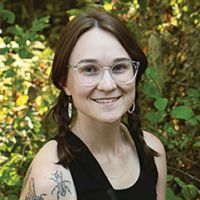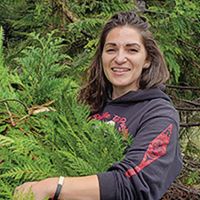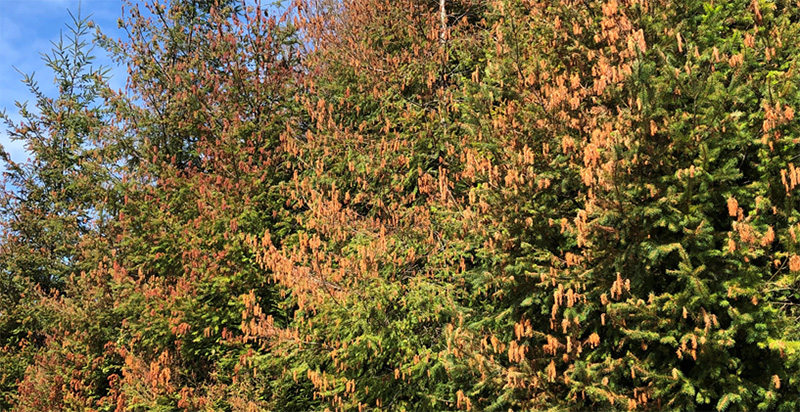Editor’s Note: On Aug. 5, 2023, after this story went to print, the Lookout Fire was sparked by lightning in the HJ Andrews Experimental Forest. It will be some time until the full extent of the damage is determined. Meanwhile, regular updates on the fire are being posted on the HJ Andrews Forest website.

Celebrating 75 years of the H.J. Andrews Experimental Forest
Some things happen in an instant. Other things take their time, gradually evolving over the years. The work on the H.J. Andrews Experimental Forest Long Term Ecological Research Program is more of a take-your-time kind of thing — like 75-year kind of time.
Managed by Oregon State University in partnership with the U.S. Forest Service, the Andrews, as it’s affectionately known, is a 16,000-acre ecological research site east of Eugene in Oregon’s western Cascades. First established in 1948 as a U.S. Forest Service Experimental Forest, the Andrews is committed to long-term, place-based research and celebrates its 75th anniversary this November.
“Most ecological research lasts for only two or three years,” says Matt Betts, a professor of landscape ecology and the lead principal investigator. “At the Andrews, we’ve studied tree growth and death in the same stands for 52 years, examined fish populations in the same section of stream for 37 years and measured climate and streamflow for 65 years across the forest.”
This kind of long-term research is incredibly rare and extraordinarily valuable because it’s nearly impossible to understand an ecological system on a two-to-three-year time scale. In fact, research results from short-term studies are often overturned by long-term studies.
However, this same commitment to long-term research can also be a challenge. How do you stay excited about looking at the same thing in the same place for 50 years?
Associate Professor and Co-Principal Investigator Catalina Segura says she never feels like her hydrology research at the Andrews is repetitive. “The ability to ask diverse questions in this same place keeps the excitement alive,” Segura says. “The overlapping research adds to the thrill, and on an emotional level, I have a deep love for the Andrews.”
Segura is not the only one. The love for the Andrews Forest runs deep and wide. And not just with scientists and researchers. The Andrews has a robust humanities program welcoming writers, artists, musicians and philosophers to explore the meaning of the ancient forest ecosystem.
“Though our data goes back 75 years, the legacy of the Andrews is found in its people,” says Betts. “We have a global, intergenerational alumni group and even now, have over twenty graduate students and postdoctoral fellows doing research, studying a range of topics from tree canopies and climate resilience to groundwater and streamflow to environmental psychology and social science.”
The collaborative nature of the Andrews extends its legacy goes beyond the College of Forestry. Posy Busby, a microbiologist and associate professor in the department of botany and plant pathology at the College of Agricultural Sciences and Brooke Penaluna, the lead scientist with the U.S. Forest Service, are also co-principal investigators, with a long history of research at the Andrews.
“The Andrews is a special and unique place because it makes you feel alive and curious about the world,” says Penaluna. “It’s also particularly special because of the people that make up its partnership, including Pacific Northwest Research Station, the Willamette National Forest, and the College of Forestry.”
A version of this story appeared in the Fall 2023 issue of Focus on Forestry, the alumni magazine of the Oregon State University College of Forestry.



